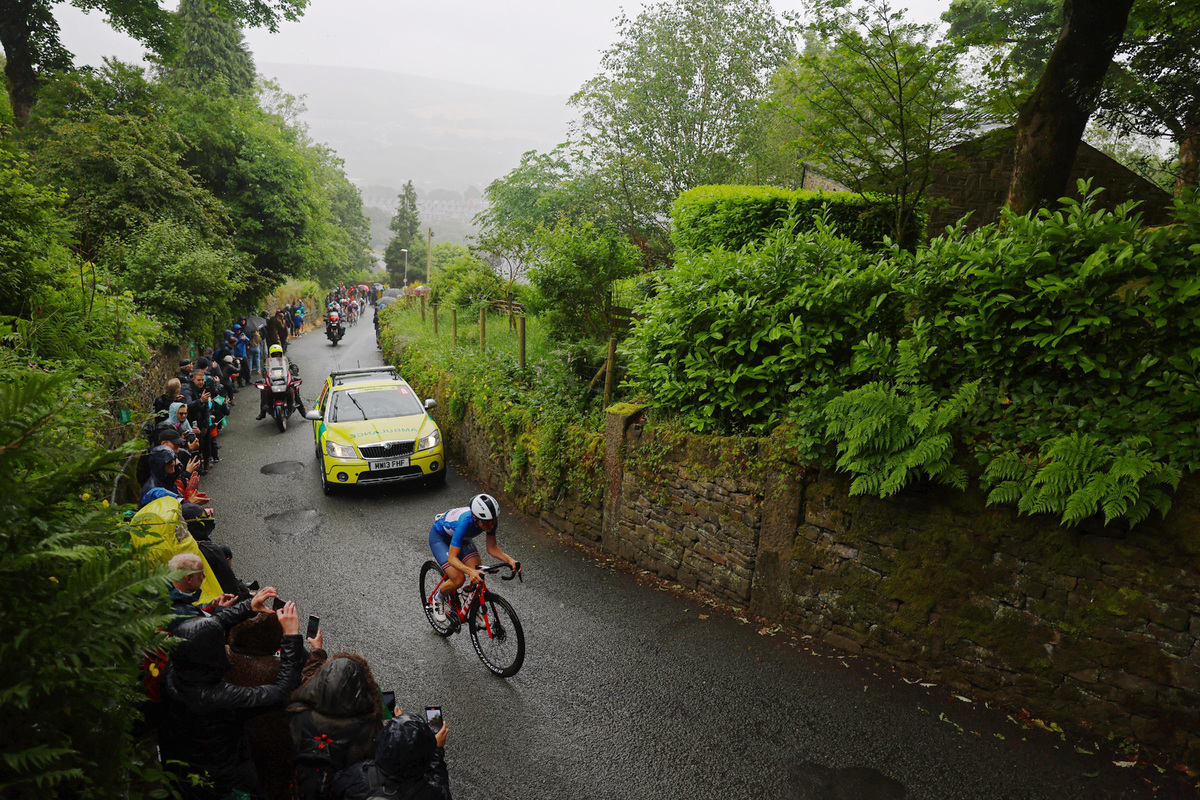Cover me! Understanding dermatology in Sports and Exercise Medicine – part II
Dermatoses describe any skin defect or lesion on the skin, and clinicians categorize them according to etiology. Furthermore, clinicians may divide dermatoses into two groups, those caused by or those aggravated by sports. In part II, Nella Grilo discusses dermatoses aggravated by sports and identifies how they can directly or indirectly affect athletes’ health and performance during competitions.

Athletics - TCS New York City Marathon - New York, United States - Runner crosses the Verrazano Narrows Bridge over New York Harbor during the marathon REUTERS/Brendan Mcdermid
Competitive athletes endure extreme physical stress when participating in sports. An athlete’s skin is particularly susceptible to a wide array of repetitive physical and environmental stressors that challenge the skin’s protective function(1,2). Many dermatoses are common in athletic populations due to countless hours of intense physical training, but clinicians frequently misdiagnose or ignore these conditions. Athletes can prevent many of these conditions by using appropriate sports clothing, well-fitting shoes, and practicing good hygiene.
You need to be logged in to continue reading.
Please register for limited access or take a 30-day risk-free trial of Sports Injury Bulletin to experience the full benefits of a subscription. TAKE A RISK-FREE TRIAL
TAKE A RISK-FREE TRIAL
Further reading
Newsletter Sign Up
Subscriber Testimonials
Dr. Alexandra Fandetti-Robin, Back & Body Chiropractic
Elspeth Cowell MSCh DpodM SRCh HCPC reg
William Hunter, Nuffield Health
Newsletter Sign Up
Coaches Testimonials
Dr. Alexandra Fandetti-Robin, Back & Body Chiropractic
Elspeth Cowell MSCh DpodM SRCh HCPC reg
William Hunter, Nuffield Health
Be at the leading edge of sports injury management
Our international team of qualified experts (see above) spend hours poring over scores of technical journals and medical papers that even the most interested professionals don't have time to read.
For 17 years, we've helped hard-working physiotherapists and sports professionals like you, overwhelmed by the vast amount of new research, bring science to their treatment. Sports Injury Bulletin is the ideal resource for practitioners too busy to cull through all the monthly journals to find meaningful and applicable studies.
*includes 3 coaching manuals
Get Inspired
All the latest techniques and approaches
Sports Injury Bulletin brings together a worldwide panel of experts – including physiotherapists, doctors, researchers and sports scientists. Together we deliver everything you need to help your clients avoid – or recover as quickly as possible from – injuries.
We strip away the scientific jargon and deliver you easy-to-follow training exercises, nutrition tips, psychological strategies and recovery programmes and exercises in plain English.










